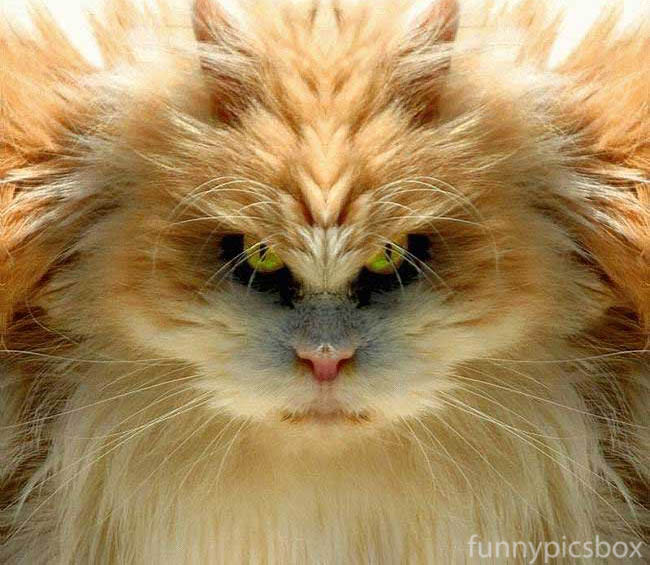Cat Litter: A Short History and Evolution
Cat Litter: A Short History and Evolution
Blog Article

Cat litter and litter boxes play a critical function in the lives of both felines and their owners. From the humble beginnings of sand and soil to the innovative improvements these days, the world of cat litter has actually evolved significantly. In this extensive guide, we dig into every element of cat litter and litter boxes, exploring their history, types, advantages, obstacles, and whatever in between.
The history of cat litter go back centuries, with ancient civilizations utilizing sand, soil, and even ashes as primitive litter products. Nevertheless, it wasn't until the mid-20th century that modern cat litter as we understand it emerged. In 1947, Edward Lowe introduced the world's first commercial cat litter made from absorbent clay, transforming the way cats relieved themselves indoors. Ever since, cat litter has gone through many improvements, with the intro of clumping litter, silica gel litter, eco-friendly alternatives, and more.
Today, feline owners are ruined for choice when it comes to selecting the ideal litter for their feline buddies. Standard clay litter remains popular for its cost and effectiveness in absorbing smells. Clumping litter, which forms strong clumps when wet, streamlines cleaning and maintenance. Silica gel litter, made up of extremely absorbent silica crystals, provides exceptional odor control and durability. Eco-friendly alternatives, such as recycled paper, wood pellets, corn, and wheat, attract environmentally conscious customers.
Each kind of cat litter provides unique benefits. Clay litter stands out in its ability to absorb wetness and control smells, making it a trustworthy choice for lots of feline owners. Clumping litter simplifies daily scooping and extends the time between complete litter modifications. Silica gel litter offers exceptional smell control and can last longer between replacements. Biodegradable litters use a sustainable alternative that minimizes ecological impact.
While cat litter enhances indoor feline Self Cleaning Litter Boxes health, it is not without its challenges. Dust from clay litter can posture respiratory risks for both felines and humans, triggering the popularity of dust-free options. Some cats may develop litter box hostility cat litter boxes due to issues with texture, aroma, or cleanliness, requiring experimentation with different litters and box setups. Multi-cat families may need strategic litter box positioning and frequent upkeep to prevent territorial conflicts and ensure all felines have access to tidy facilities.
Selecting the suitable litter box is essential for promoting favorable litter box habits and general feline well-being. Elements to consider include size, availability, and design choices. Covered litter boxes provide privacy and aid contain smells, but some cats might find them restricting or intimidating. Open-top litter boxes provide simple access and visibility however might lead to more litter scatter. Automatic self-cleaning litter boxes streamline upkeep but require regular monitoring and maintenance.
Proper litter box maintenance is vital for ensuring a tidy and welcoming environment for both cats and their owners. Daily scooping eliminates waste immediately, decreasing odor and dissuading litter box aversion. Routine litter replacement, normally every 1-2 weeks, prevents bacterial buildup and keeps optimal absorbency. Comprehensive cleaning with mild cleaning agent and water, avoiding severe chemicals that might hinder cats from using package, should be performed monthly.
Cat litter and litter boxes play a main role in fostering a healthy and harmonious relationship in between cats and their human companions. With a diverse variety of litter alternatives and cat litter box furniture litter box designs available, cat owners have the flexibility to customize their choices to suit their cats' preferences and home requirements. By comprehending the advancement, types, advantages, and challenges of cat litter and litter boxes, animal owners can supply their feline good friends with a comfortable and hygienic indoor environment.